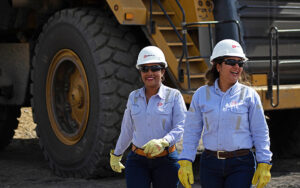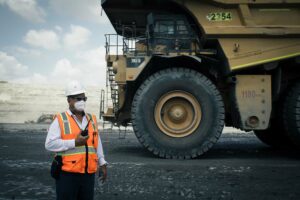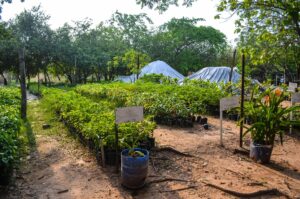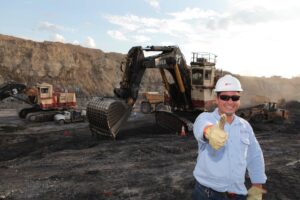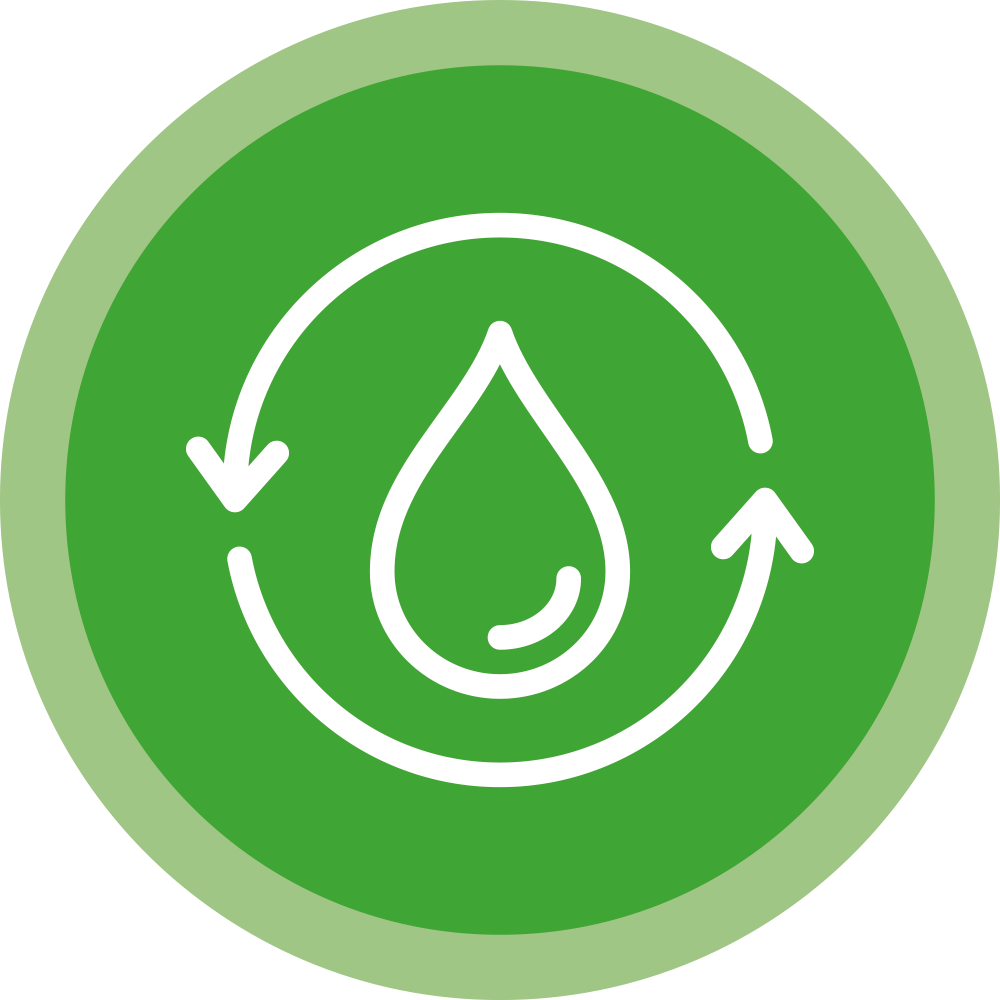Sustainability pillars
Environmental performance
We apply the highest standards in our environmental practices in order to protect and restore the natural environment. We prevent, monitor, mitigate, and compensate for the impacts of mining throughout our value chain.
At Drummond we have understood and assumed environmental management with a responsible attitude, aimed at sustainability in a pragmatic orbit and with an integral vision that involves preventing, mitigating, controlling and compensating impacts appropriately. This is how we prioritize the protection, conservation and restoration of biodiversity and its ecosystem services. This is what we call Effective Environmental Management, which translates into three areas of work:
The first step
Effective environmental management starts with project design, where priority consideration of existing natural resources allows for project layouts that avoid unnecessary environmental impacts on relevant ecosystems.
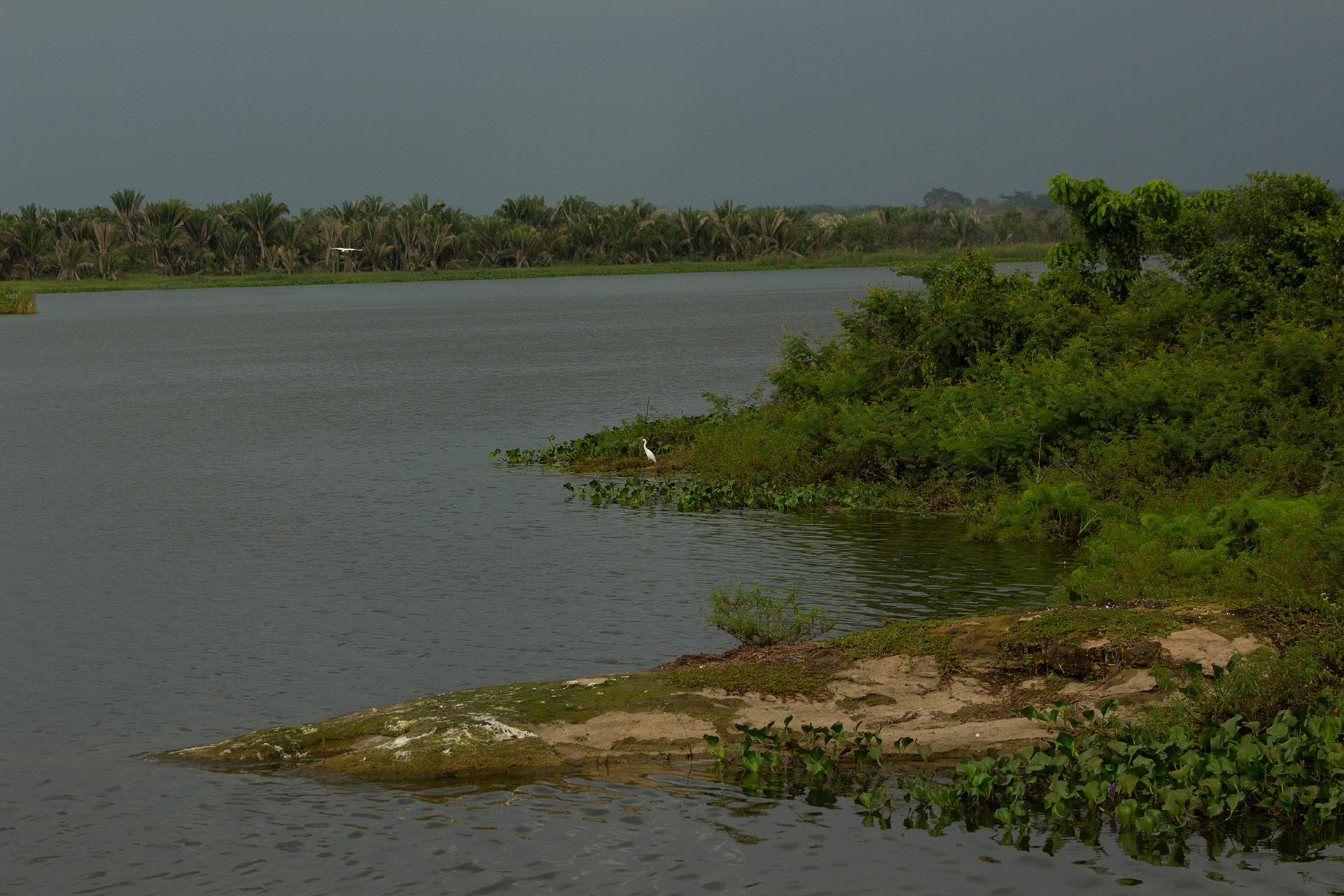
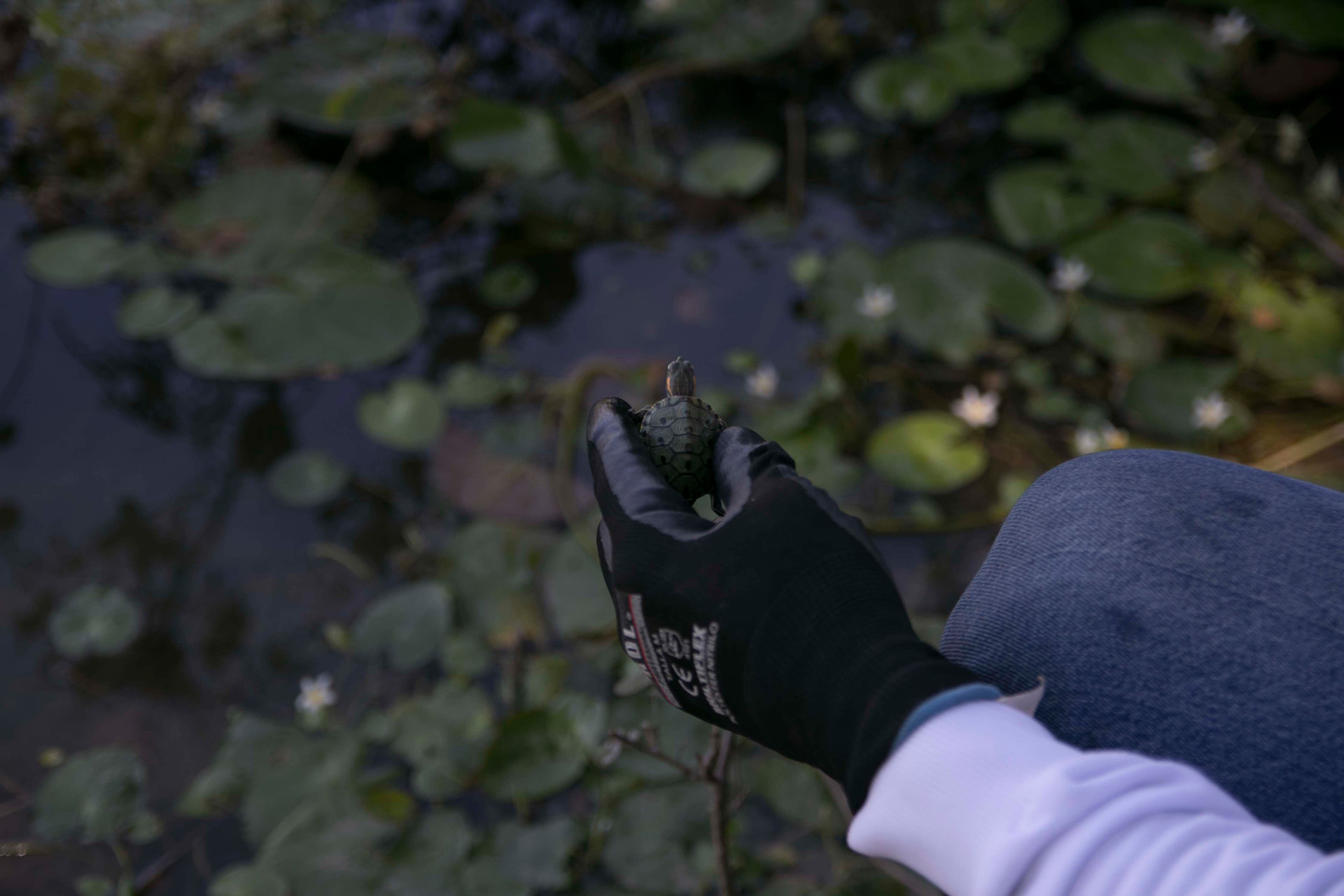
The challenge
As with any project, it is not possible to avoid all impacts. Therefore, management actions have been designed and implemented in an adequate, proportional and effective manner; this is another link in effective environmental management. Impact control and prevention efforts are permanently accompanied by monitoring and follow-up programs that provide reliable, relevant and timely information.
How is it measured?
We have networks that provide us with sufficient information on the territory in the area of influence, under criteria of quality and rigor, with the accreditations or verifications that prove it; this information management allows us to make decisions aimed at the effectiveness of actions for the prevention, mitigation and control of potential impacts.
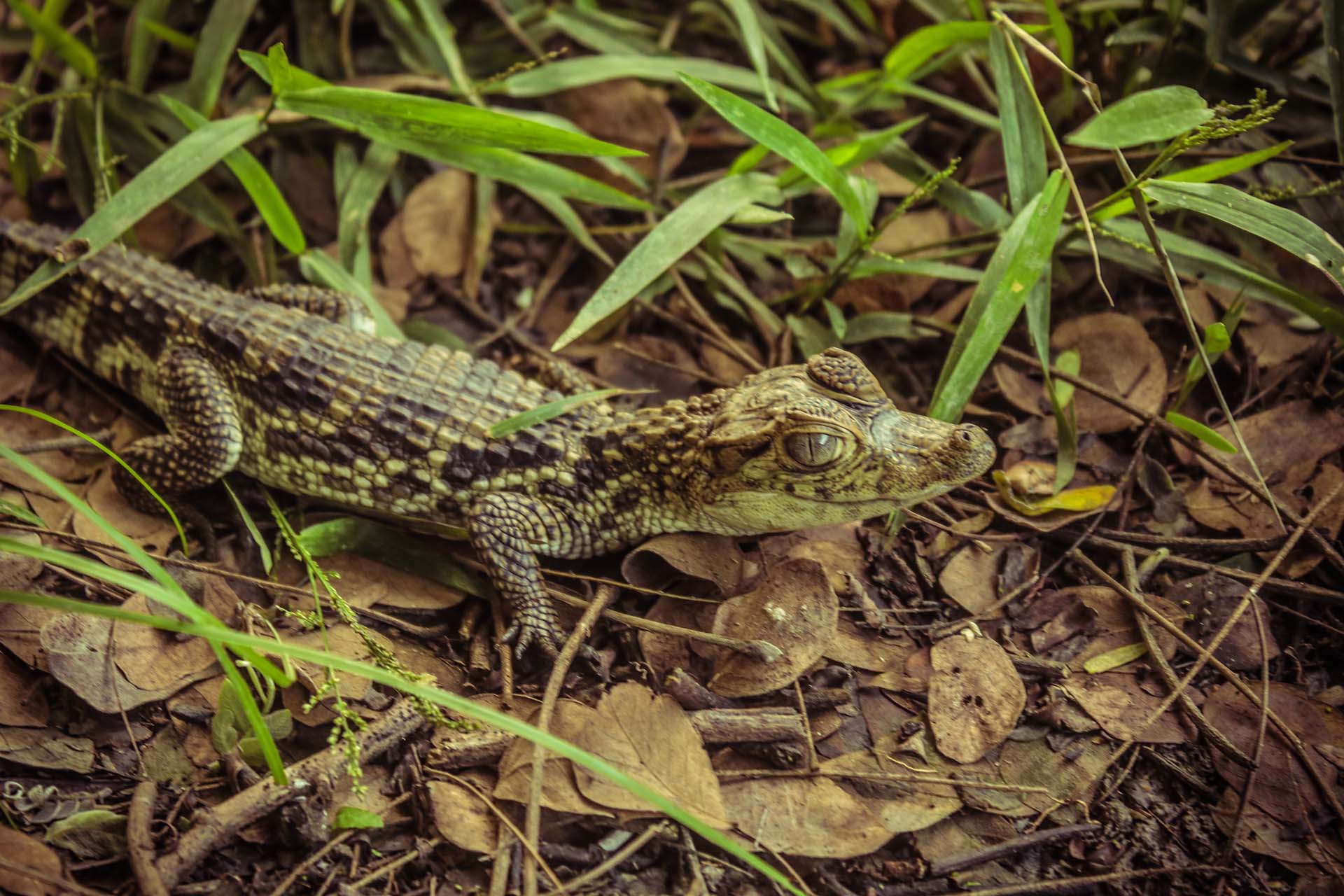
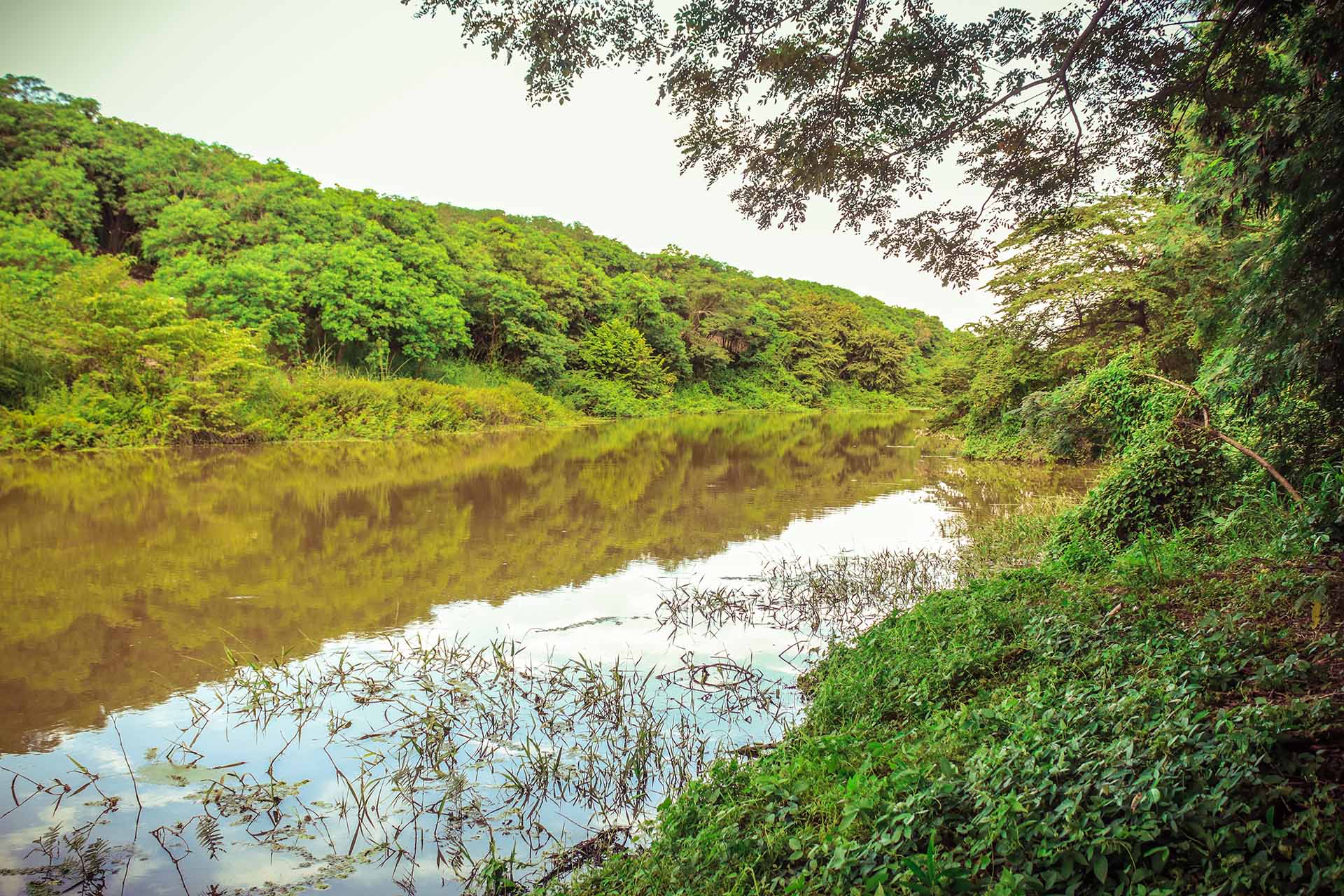
The last step
The strategy is complemented by a coherent rehabilitation and compensation exercise. Through this process, the areas intervened by the projects are prepared to be inserted into the ecosystems and biodiversity of the region, so that they can become regional connectivity corridors in the future. The rehabilitation of these areas, recovered specifically for the protection and conservation of flora and fauna, completes a vision of sustainability for the project and our concept of Effective Environmental Management.
Environmental initiatives:

Protection
of the soil
At Drummond we have invested substantially in the protection of the soil and plant life in the areas of our operations in Colombia. We have a revegetation fleet composed of 4 100-ton trucks, 3 bulldozers, 1 loader, 2 tractors and a hydroseeding truck. More than 600 hectares have been reforested. The forestry compensation plan and the reforestation work in our state-of-the-art nurseries have established the company as an example for the coal industry. We see our environmental commitment as an opportunity to drive social development.

Buffer
zones
All areas within Drummond's properties not affected by the mining operations are considered buffer zones and are protected with the prospect of being improved or expanded, using them as barriers to help mitigate or isolate the intervened areas, and facilitating, in the future, the environmental recovery of the project. In addition, these areas will be of great importance not only because they will be able to provide a sufficient supply of vegetative and reproductive material necessary for the repopulation of the affected areas, but also because they will be preserved as germplasm banks.

Vegetation
restoration
Our vegetation restoration plan continuously monitors the vegetation cover. We identify the dynamics of plant communities in terms of their productivity (biomass) and their responses to changes in the environment. We also identify dominant populations and species with restricted distribution. The plant succession plots correspond to areas where reclamation measures will be taken in the waste rock dumps. The plots located in these areas will be used to monitor the effectiveness of the proposed revegetation process.

Forest
nursery
To protect plant life in and around our impact areas, we have built our own forest nursery. In this state-of-the-art facility, we grow seeds for plants and trees that will later be used in reforestation programs.

Restoration
of vegetation layer
As part of our principles of sustainable development and natural resource conservation, we have developed our own landscape restoration program. Under this program, our objective is to restore and rehabilitate vegetation cover in areas affected by our operations. Our plan seeks to recover and improve the areas intervened by the mine, feed the region's fauna, minimize and mitigate the effects of mining on vegetation cover, and carry out adequate erosion control in tailings disposal areas.

Wildlife
Wildlife relocation is carried out as a measure to mitigate environmental impacts. Animal populations are relocated to natural habitats that offer similar conditions to those they once occupied. Groups of animals are transported to alternative sites within their range with similar ecological attributes (IUCN, 1995).

